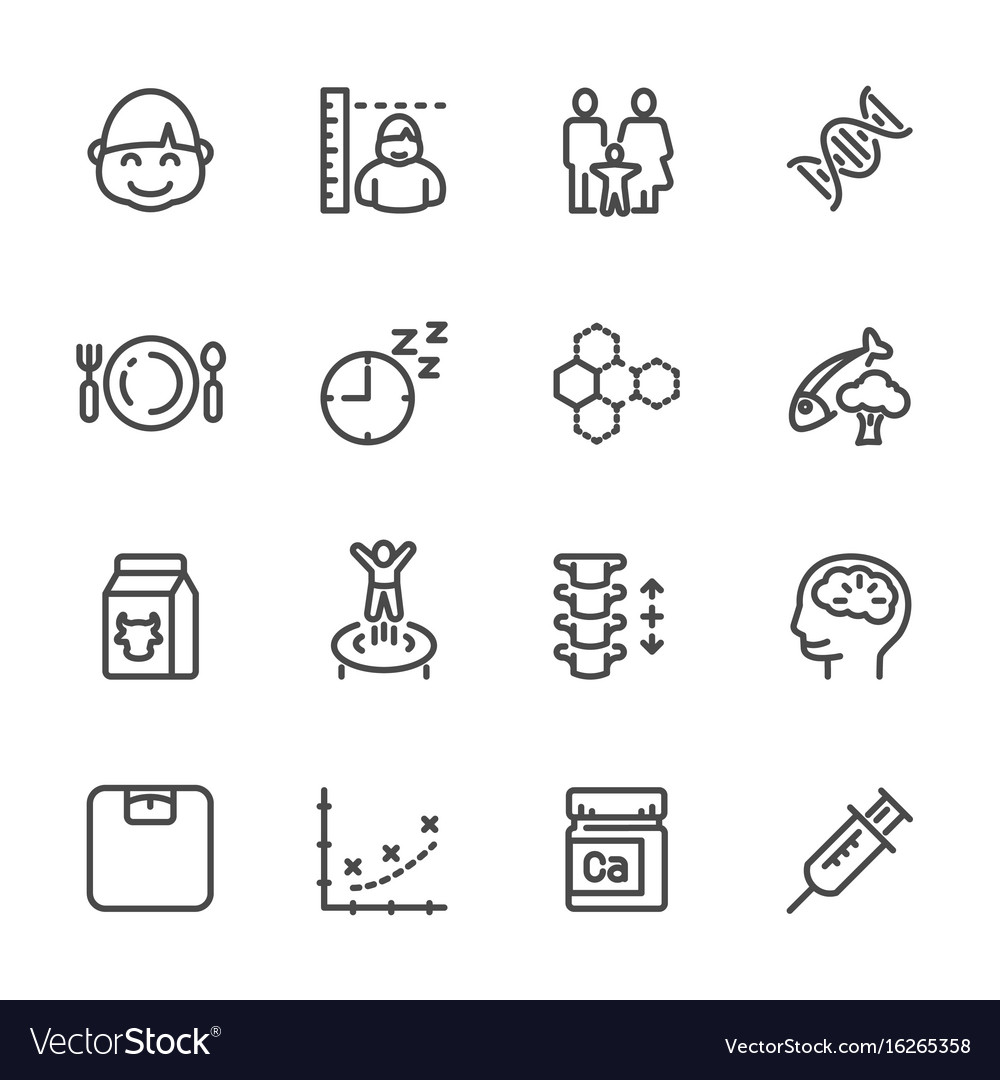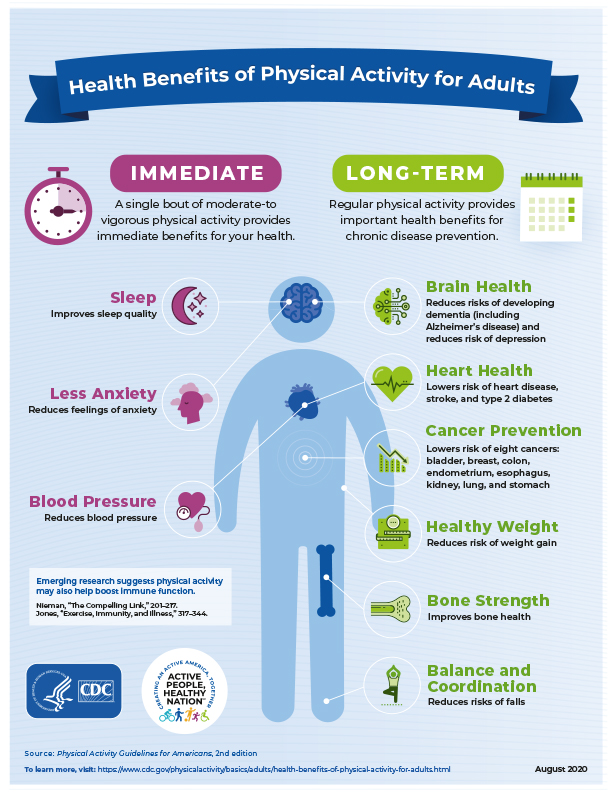
The bipartisan Policy Center launched a Rural Health Task Force on June 12 with funding from the Leona M. and Harry B. Helmsley Charitable Trust. This team includes former elected officials, physicians, and business leaders. They will provide advice to policymakers on how to improve rural health. They are also committed in using data for their research. Here are some of the policies and strategies being tested across the nation.
Expanding Medicaid is a good idea for rural hospitals to use in order find the most efficient programs or services. While modest Medicaid reimbursements are better than none it doesn't eliminate the risk of hospital debt. In rural areas, the Affordable Care Act is not helping financially. The Act provides commercial health insurance through exchanges, but many people with low incomes opt for high-deductible plans. Hospitals do not receive any compensation for their services. Therefore, rural health facilities cannot compete with larger urban hospitals for patients.

State Offices of Rural Health. States who participate in the program are eligible for financial assistance from SORH. These offices coordinate activities relating to rural health within their states. In addition, the SORH helps to identify federal and state programs for rural communities and provides technical assistance to nonprofit entities that serve the rural population. It encourages the use and analysis of data to determine the most effective ways of providing health care. What can rural health systems do in order to improve their performance?
A severe shortage exists in rural areas. Rural areas have higher numbers of primary care physicians than urban areas. Also, doctors who live in these areas are less likely to be qualified. Low-income rural communities are particularly affected by this shortage of healthcare providers, as many residents are uninsured or underinsured. The commission hopes to build a fleet for mobile clinics in rural areas. This program will improve rural access to healthcare if it succeeds.
There are more challenges in rural areas than there is in urban areas. The rural provider's patients are more likely to be low-income and have less access to resources. This can negatively impact the quality and safety of care. The ability of a rural physician to provide sufficient care is crucial in reducing adverse outcomes. But, the skill level of a physician is crucial for creating a healthy community in remote areas.

In rural areas, there are differences in health care delivery. Rural patients have to travel further for treatment as there are fewer providers. Rural patients are less likely to seek treatment in cities and may not be willing to sacrifice their time to travel to the clinic. This can delay the diagnosis and worsen the patient's condition. Self-employed farmers in rural areas may be several hours away from needed health care services. They should also consider the care of livestock and crops.
FAQ
How can you tell what is good?
You have to listen to what your body says. Your body is the best judge of how much exercise, food and rest you should get. You need to be aware of your body and not overdo it. Take care of your body and make sure that you're staying healthy.
What is the working principle of an antibiotic?
Antibiotics are medications that kill harmful bacteria. Antibiotics can be used to treat bacterial infection. There are many types of antibiotics. Some are administered topically, while others can be taken orally.
People who have been infected with certain germs may need antibiotics. One example is if someone has had chickenpox and wants to prevent shingles. Penicillin might also be administered to someone with strep throat. This will help prevent the possibility of developing pneumonia.
When antibiotics are given to children, they should be given by a doctor. Side effects of antibiotics can be more dangerous for children than for adults.
Diarrhea is the most common side effect from antibiotics. Other side effects possible include dizziness, nausea, vomiting, stomach cramps, dizziness and allergic reactions. These symptoms usually go away after treatment ends.
Which lifestyle is best for your health?
The healthiest lifestyle to live is one where you eat healthy food, exercise regularly, sleep well, and avoid stress. You will live a long and happy life if you adhere to these guidelines.
Start small by changing your diet and exercising routine. Try walking for 30 minutes each day to lose weight. If you're looking for a way to increase your activity, consider taking up swimming or dancing. An online fitness program such as Strava or Fitbit that tracks your activity could be a good option.
What is the difference between a calorie or a kilocalorie.
Calories are units used to measure the amount of energy in food. A calorie is a unit of measure. One calorie is equal to one degree Celsius in energy.
Kilocalories refer to calories in another term. Kilocalories are measured in thousandths of a calorie. 1000 calories, for example, equals one kilocalorie.
Statistics
- According to the Physical Activity Guidelines for Americans, we should strive for at least 150 minutes of moderate intensity activity each week (54Trusted Source Smoking, harmful use of drugs, and alcohol abuse can all seriously negatively affect your health. (healthline.com)
- In both adults and children, the intake of free sugars should be reduced to less than 10% of total energy intake. (who.int)
- According to the 2020 Dietary Guidelines for Americans, a balanced diet high in fruits and vegetables, lean protein, low-fat dairy and whole grains is needed for optimal energy. (mayoclinichealthsystem.org)
- WHO recommends consuming less than 5% of total energy intake for additional health benefits. (who.int)
External Links
How To
How to Live a Healthy Lifestyle
A healthy lifestyle involves living a healthy life that is able to maintain your weight, good health, and your fitness level. It is a lifestyle that emphasizes healthy living. This includes exercising regularly, eating well, avoiding alcohol, smoking, tobacco, and drug abuse. Healthy living can help you feel better about yourself and keep you fit. You are also less likely to develop chronic diseases such heart disease and stroke, diabetes or cancer.
This project had the main objective of providing a step-by–step guide to living a healthier lifestyle. The introduction is the first part of this project. This explains why healthy living should be encouraged and who it should help. The body paragraphs contain tips on how to maintain a healthy lifestyle. Finally, I wrote the conclusion, which summarizes the whole article and provides some additional resources if needed.
This assignment helped me learn how to write a clear and concise paragraph. I learned how my ideas could be organized into topic sentences. Moreover, I improved my research skills because I had to find specific sources and cite them properly. I learned proper grammar to write.